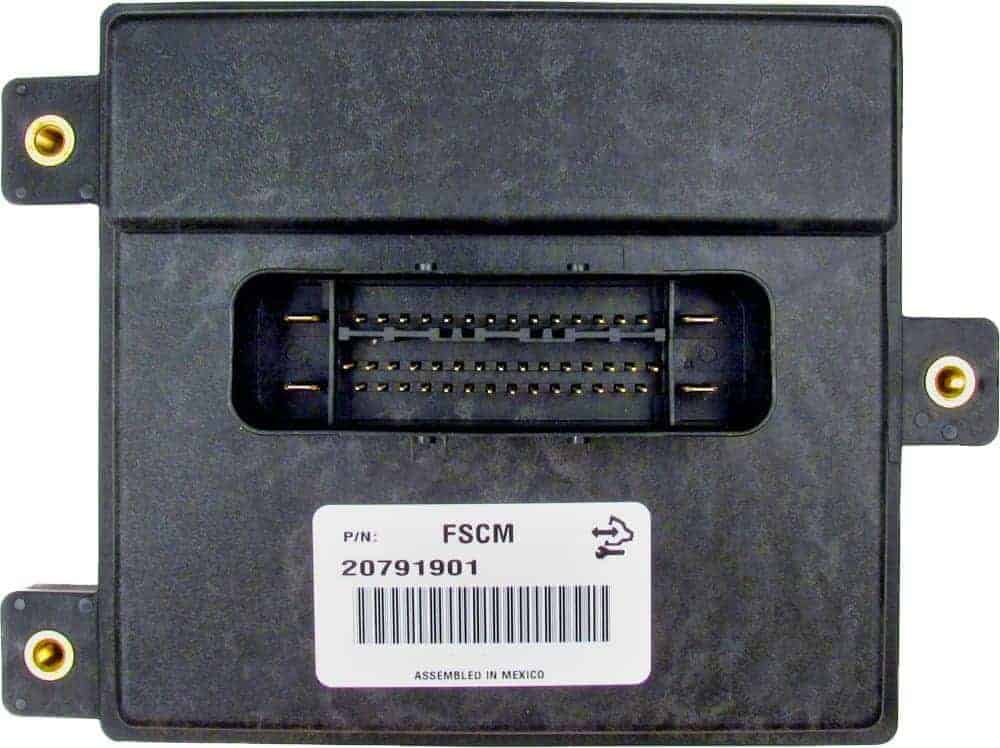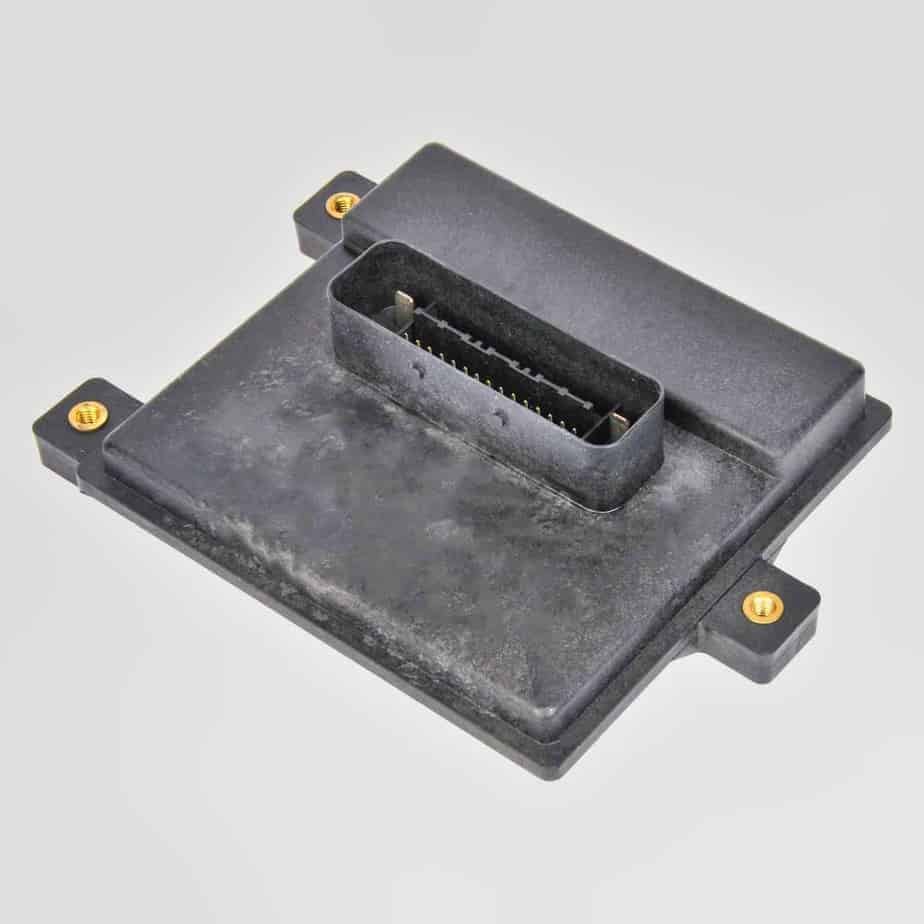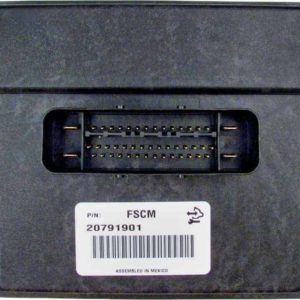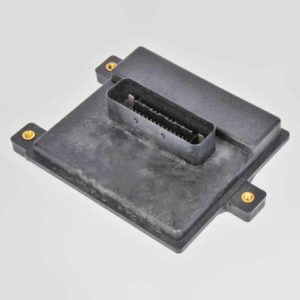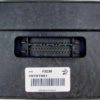Is Your GM Truck or SUV Stalling, Cranking But Not Starting, or Showing a P069E Code?
If you’re dealing with frustrating fuel delivery issues on your 2010-2012 GM vehicle, you’re not alone. I’ve seen countless Silverados, Tahoes, and Escalades roll into my shop with the same symptoms: the engine sputters and dies at a stoplight, it refuses to start after refueling, or the dreaded “Reduced Engine Power” message appears on the dash. In nine out of ten cases, the culprit is a failed Fuel System Control Module, or FSCM.
Just last week, a customer’s 2011 Sierra 1500 was towed in. It would crank all day but wouldn’t fire up. His local mechanic had already replaced the fuel pump, but the problem persisted. A quick scan revealed code P069E – Fuel Pump Control Module Requested MIL Illumination. The original FSCM, mounted on the frame rail, had succumbed to years of exposure to water, salt, and road grime. This is a story I’ve seen play out hundreds of times.
Symptoms of a Failing GM Fuel Control Module
A faulty FSCM can wreak havoc on your vehicle’s performance and leave you stranded. Watch out for these common warning signs:
- ✔ Engine stalling, especially at low speeds or idle
- ✔ Vehicle cranks but will not start
- ✔ “Reduced Engine Power” warning light
- ✔ Check Engine Light with codes like P069E, P0230, or P0627
- ✔ Hesitation or stumbling during acceleration
- ✔ Inconsistent fuel gauge readings
The Plug-and-Play Solution: A Module Programmed Specifically for YOU
Don’t waste time and money on a trip to the dealership. This Fuel System Control Module is the definitive, hassle-free solution. We take a genuine GM module and flash it with the latest, most stable software calibration from General Motors, programmed specifically to your vehicle’s 17-digit VIN. This isn’t a generic, one-size-fits-all part; it’s a precision-matched component ready for immediate installation. This process ensures perfect communication with your vehicle’s Engine Control Module (ECM) and prevents the software glitches that caused many of the original modules to fail in the first place.
Expert Pro Tip: Check Your Connections
Before installing your new FSCM, take a moment to inspect the vehicle’s wiring harness connector. These modules are often located on the frame rail, where they’re exposed to the elements. I’ve seen many repairs fail prematurely because of a corroded connector. Use a small brush and a quality electrical contact cleaner to thoroughly clean the pins and ensure a perfect, corrosion-free connection. This simple step can save you from a major headache down the road.
Simple Installation: Get Back on the Road in Minutes
You don’t need to be a master technician to replace this module. With basic hand tools, you can have your vehicle running smoothly again. The location varies slightly by model, but it’s typically found on the driver’s side frame rail or inside a rear compartment.
- Safety First: Disconnect the negative terminal from your vehicle’s battery.
- Locate the Old Module: On most trucks and SUVs (like the Silverado, Tahoe, Yukon, Escalade), it’s mounted to the inside of the frame rail, often near the spare tire. On cars (like the CTS or LaCrosse), it may be in the trunk or a rear quarter panel.
- Disconnect and Remove: Unplug the electrical connector(s) and remove the bolts or nuts holding the old module in place.
- Install the New Module: Bolt your new, pre-programmed module into position, reconnect the cleaned electrical harness, and re-attach the battery terminal.
- Start Your Engine: Your vehicle will start and run correctly with no further programming required.
Guaranteed Compatibility & Peace of Mind
This module is a direct replacement for a wide range of GM vehicles and is compatible with the following part numbers: 20791901, 20827745, 20877116, and 20850927. By providing your VIN, you guarantee that you receive a part that is 100% correct for your specific make, model, and year. Stop guessing and get the right part, the first time.
